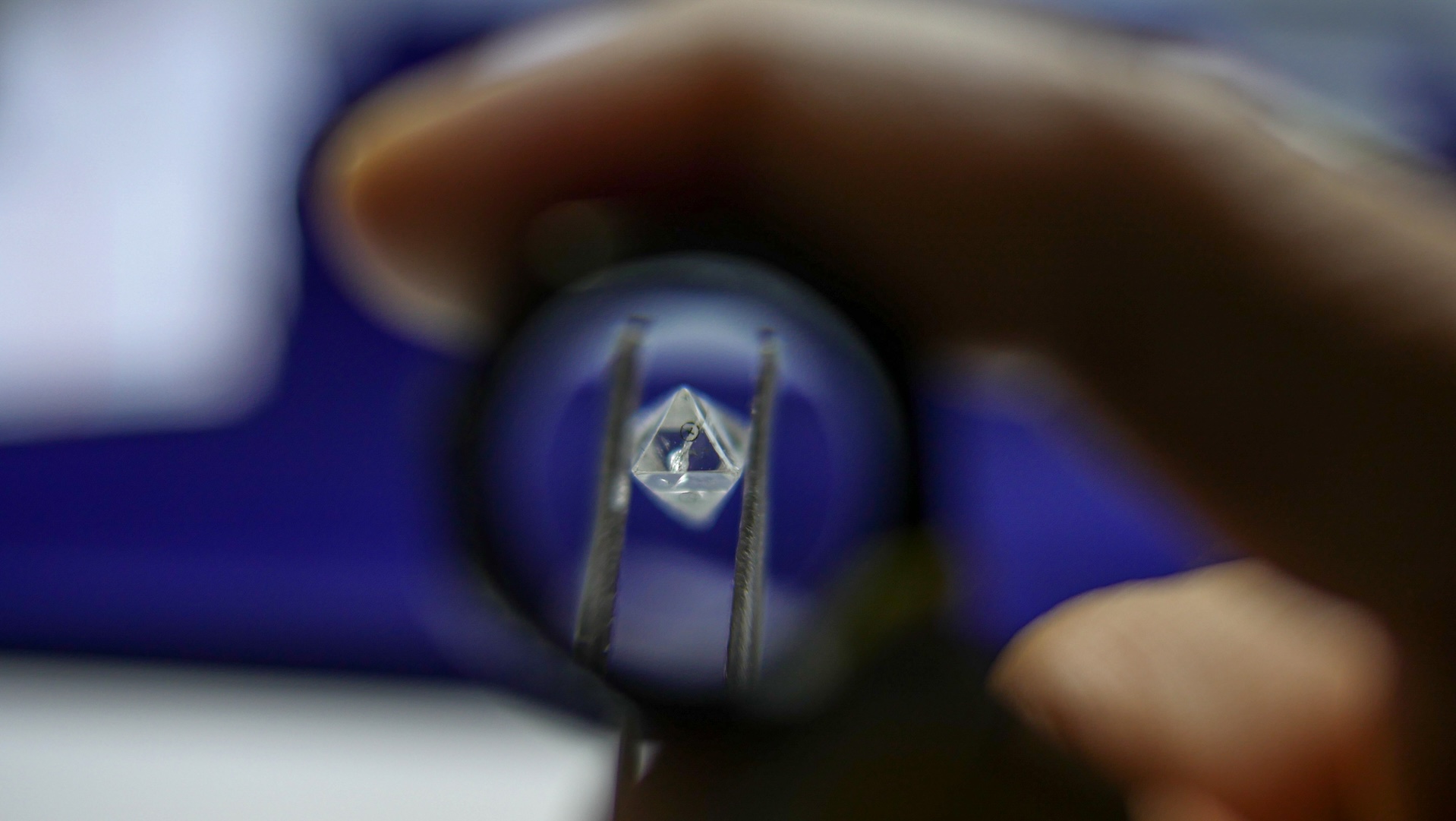Buildings, Vol. 13, Pages 337: Study of the Correlation among Luminous Properties of Smart Glazing for Adaptive Energy Saving Buildings
Buildings doi: 10.3390/buildings13020337
Authors: Antonio Piccolo Mauro Prestipino Maria Francesca Panzera Roberto Baccoli
A smart window, such as electrochromic or thermochromic windows, may not be able to accomplish at the same time energy efficiency and visual comfort functions, since satisfying one criterium interferes with the other. This recalls to the important issue of establishing precise relationships among parameters affecting energy, glare control, and color rendering tasks and the influence on them of glazing material composition and preparation technique. With this aim, the luminous properties of a number of advanced glazings found in literature and of three home-made electrochromic devices differing by material composition and/or preparation technique are analyzed in this study. The investigation has involved the determination of the CIE (Commission International de l’Eclairage) Color Rendering Index (CIE CRI), the Correlated Color Temperature (CCT), and the luminous transmittance coefficient (τV) of the devices which are discussed with regard to their potential in absolving to energy and visual comfort tasks. Results lead to the main conclusion that the CIE CRI, CCT, and τV indexes are clearly linked by an exponential correlation. At low τV values (τV< 0.5), however, the correlation weakens and the variation of the CIE CRI and CCT indexes becomes entirely material dependent. The influence of preparation technique appears to be irrelevant since the color rendering indexes appear to be well correlated to τV over all the investigated τV range.

 1 year ago
34
1 year ago
34


